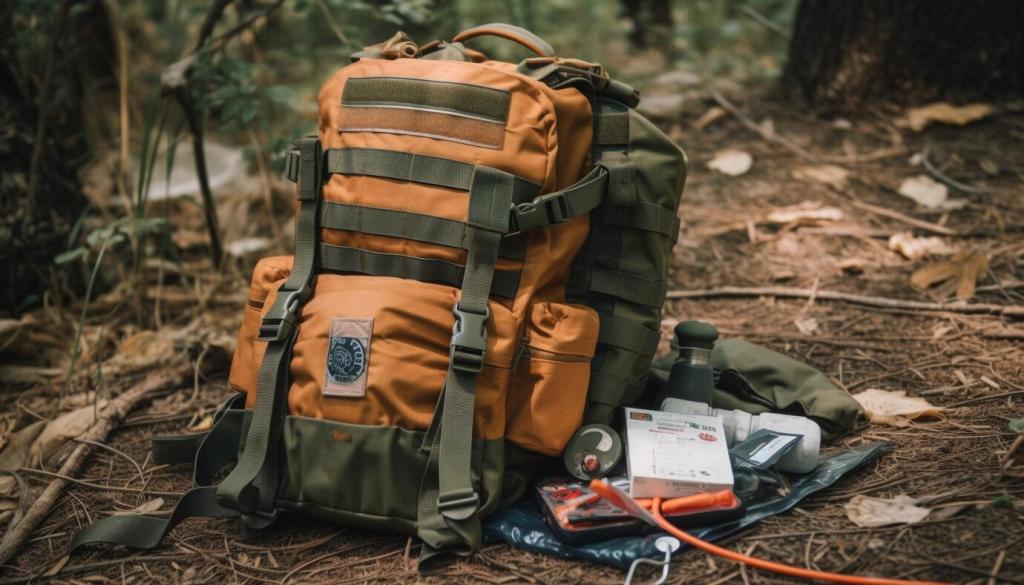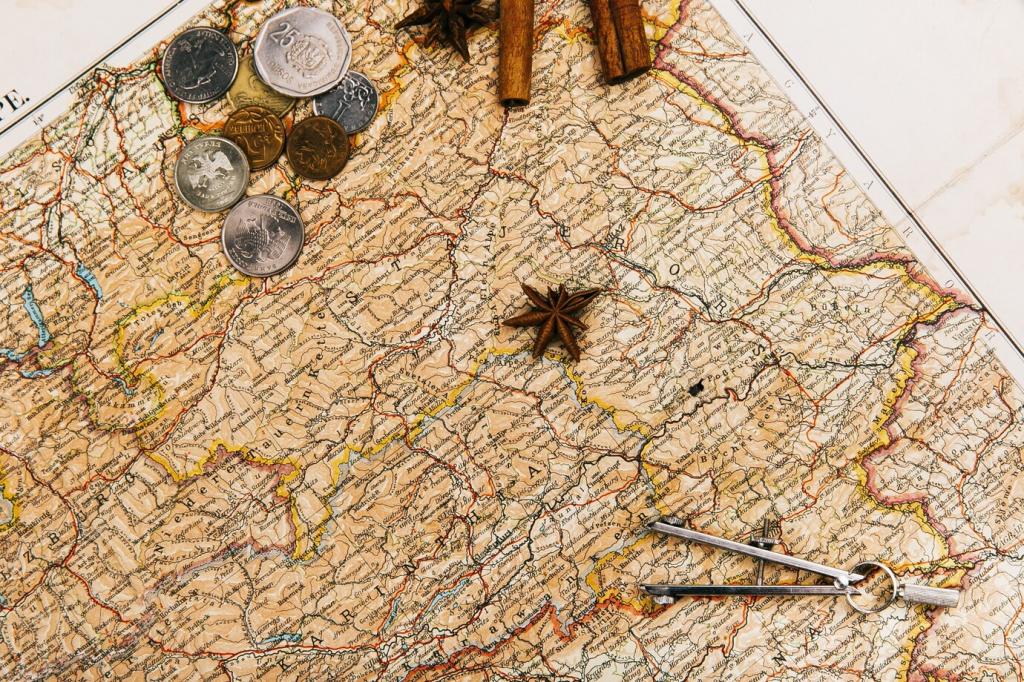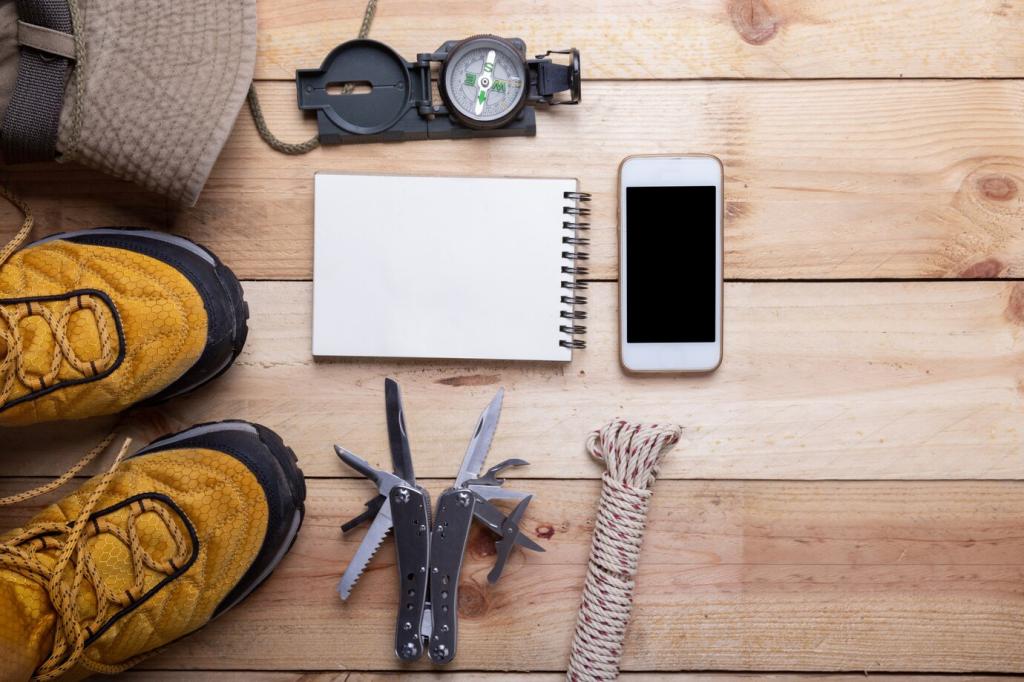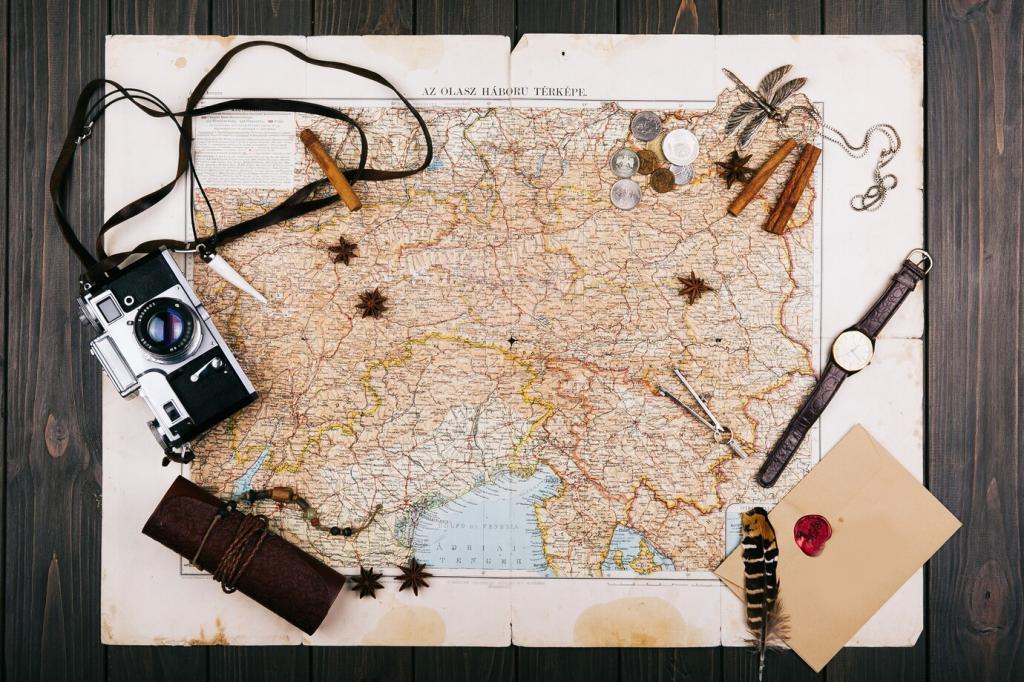Your Ultimate Autumn Hiking Gear Checklist
Chosen theme: Autumn Hiking Gear Checklist. Step confidently into crisp air, blazing foliage, and changeable skies with a friendly, field-tested guide that helps you pack smarter, stay safer, and savor every golden mile.


Footwear and Traction for Leaf-Littered Trails
Boot Fit and Grip
Prioritize snug heels, toe room, and deep lugs for wet leaves. Re-proof leather or waterproof membranes before the season starts. Comment with your most reliable outsole pattern for muddy switchbacks.
Socks and Blister Prevention
Merino socks manage moisture and odor, while thin liners reduce friction. Toss in tape or hydrocolloid patches for hotspots. I once avoided a painful descent thanks to a timely sock swap at lunch.
Gaiters and Micro-Traction
Anklet gaiters keep debris out; low-profile spikes can help on frosty mornings. Stow a small boot brush to clear packed mud. Would you add microspikes to your shoulder-season checklist? Tell us why.
Visibility and Safety in Shorter Days
Headlamps and Batteries
Aim for 200–350 lumens and pack spare lithium batteries, which handle cold better. Store batteries close to your body on frigid days. Subscribe to get our headlamp beam pattern cheat sheet.
High-Visibility Layers
Bright hats, vests, or pack covers improve visibility among orange and brown tones, especially during hunting seasons. Reflective tabs help at dusk. Share your go-to high-vis item to inspire safer trail choices.
Navigation Redundancy
Carry a paper map and compass even if you prefer GPS. Cold saps phone batteries faster than you expect. What navigation backup lives in your kit year-round? Comment to help the community prepare.
Thermos Comforts
A small insulated flask of tea, broth, or cocoa warms hands and spirits during windy overlooks. It doubles as morale gear. What’s your favorite warm trail drink for brisk mornings?
Snack Strategy
Mix fast sugars and slow-burn fats: dried fruit, nut butters, and dark chocolate. Keep a quick-access pocket stocked so breaks stay short in biting wind. Subscribe for our downloadable snack rotation guide.
Water Treatment in Cold
Filters move slower in the cold and can freeze if saturated. Pack chemical drops as backup and insulate bottles. Share your treatment method for chilly creek crossings and frosty dawn starts.



Pack Organization and Essential Tools
Color-code dry bags for layers, food, and safety. Keep shell, gloves, and headlamp near the top. What pocket layout helps you change layers in thirty seconds flat? Share your setup below.

Pack Organization and Essential Tools
Include blister care, a compact splint wrap, tape, and a few zip ties for strap fixes. A tiny multitool handles field adjustments. Subscribe for our minimalist autumn first-aid checklist.
Carry an orange bandanna or pack cover during hunting periods, even on popular trails. A tiny bell on your shoulder strap adds presence. What visibility tip would you give a new autumn hiker?

